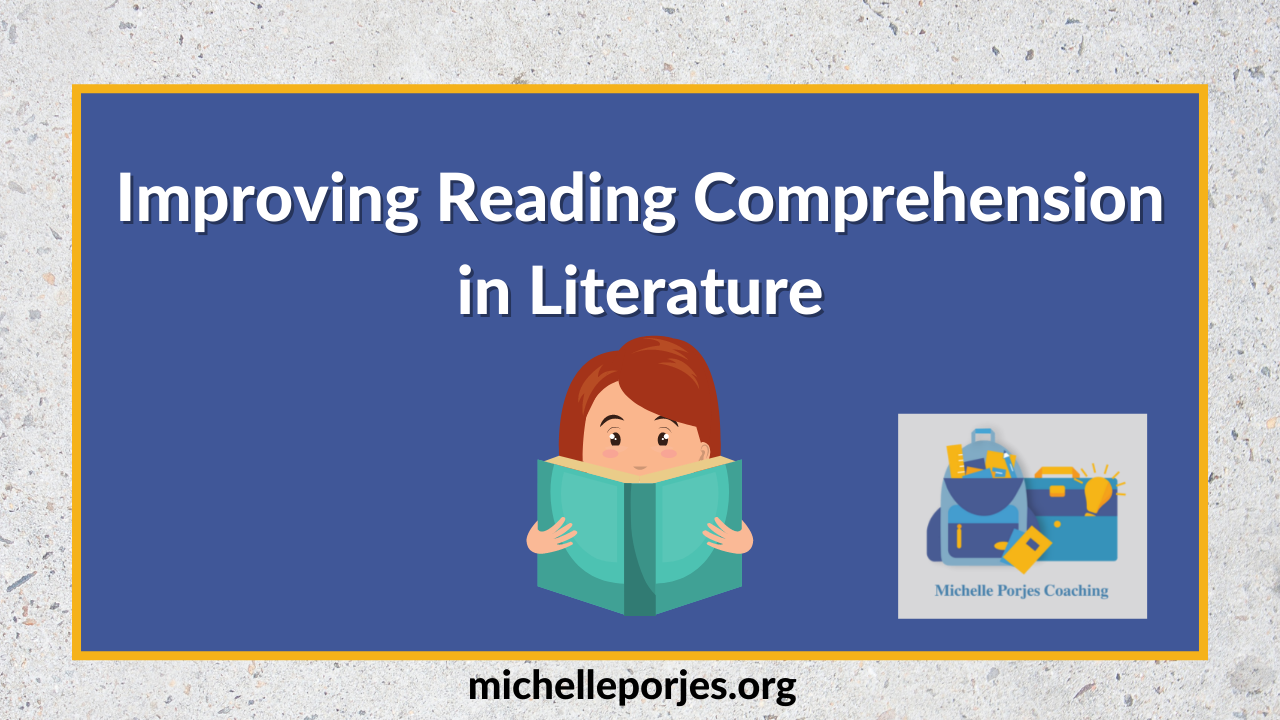Reading comprehension is more than just understanding the storyline of a novel. It involves skills such as making connections among ideas, identifying conflicts, and connecting one piece of literature to another piece of literature, personal narrative, or world circumstances. Most readers focus on understanding the plot and identifying a few basic concepts such as character traits and settings. This limits the reader’s ability to connect to deeper aspects of the book which are often needed for meaningful discussions and the completion of analytic essays.
Read on for tools and strategies to unlock the secrets to developing good reading comprehension:
- Never start a new book by reading the book. We learn best when we can maximize connection among ideas. Take a few minutes before beginning the book to read the back of the book and notice how the book is set up. Look for clues for how the story unfolds. Are there chapters? Do they have names? Are there pictures? Is the book divided into parts in addition to chapters? Understanding the physical set up of the book can help with understanding how the story unfolds.
- Reading is only part of the process. When reading literature, reading is the first of several steps. The second step is to highlight information that answers the question “How do I know what is going on”. These are phrases and sentences that give critical understanding of a situation, storyline, or character. The third step is to annotate–write down thoughts about what is being read. A good rule to consider is that whenever one highlights, one should also annotate. Annotations involve reflecting on the questions “what’s going on” and they can take the form of making connections, writing thoughts that come to mind, or asking a question. FInally, at the end of a chapter, write down 3-5 notes that can be helpful to review before moving on to a new chapter. These might be key events, connections of the chapter to the theme or big ideas of the book, or a wonder statement.
- The Power of the “Oh yeah” moment. As was stated in #1, we learn best when we can maximize connections. Before starting a new chapter, go back to the previous chapter and review highlights, annotations and/or end of the chapter moments. Only when one has the “oh yeah…I remember” is one ready to move on. This is not only critical for understanding literature but an efficient use of time as well. Without the “oh yeah” moment, there is a greater likelihood of having to reread a chapter.
